Understanding the **cricket rules steel vs soft tip** darts is crucial for any player, as they influence scoring and gameplay strategy; while the objective of hitting specific numbers on the dartboard remains the same, the equipment and scoring systems differ. This article dives into the nuances of each, covering the specific rules, scoring variations, and gameplay differences that define steel tip and soft tip cricket.
⚠️ Still Using Pen & Paper (Of een schoolbord)?! ⚠️
Stap in de toekomst! De Dart Teller -app behandelt alle scoren, stelt kassa voor, en volgt uw statistieken automatisch. It's easier than you think!
Probeer de Smart Dart Teller -app gratis!Klaar voor een upgrade? Klik hierboven!
Cricket Rules Steel vs Soft Tip: An In-Depth Comparison
While both steel tip and soft tip cricket aim for the same targets, the **cricket rules steel vs soft tip** versions exhibit some crucial variations. This leads to different strategic approaches and overall gameplay experiences. Let’s delve into the details of these distinctions.
The Basic Gameplay of Cricket
In both versions of Cricket, the game is played by two players or two teams. The goal is to “close out” numbers on the dartboard before your opponent does. These numbers typically include 20, 19, 18, 17, 16, 15, and the bullseye. To close out a number, you must hit it three times (or a combination of singles, doubles, and triples that adds up to three hits). Bijvoorbeeld, you could hit a single 20 three times, a single and a double 20, or a triple 20 once.
Once a player has “closed” a number, they score points on that number every time they hit it, provided their opponent has not also closed it. The first player to close all the required numbers and have a higher score wins the game. It’s essential to understand that closing numbers without scoring points won’t guarantee a victory; strategy and accuracy are key.
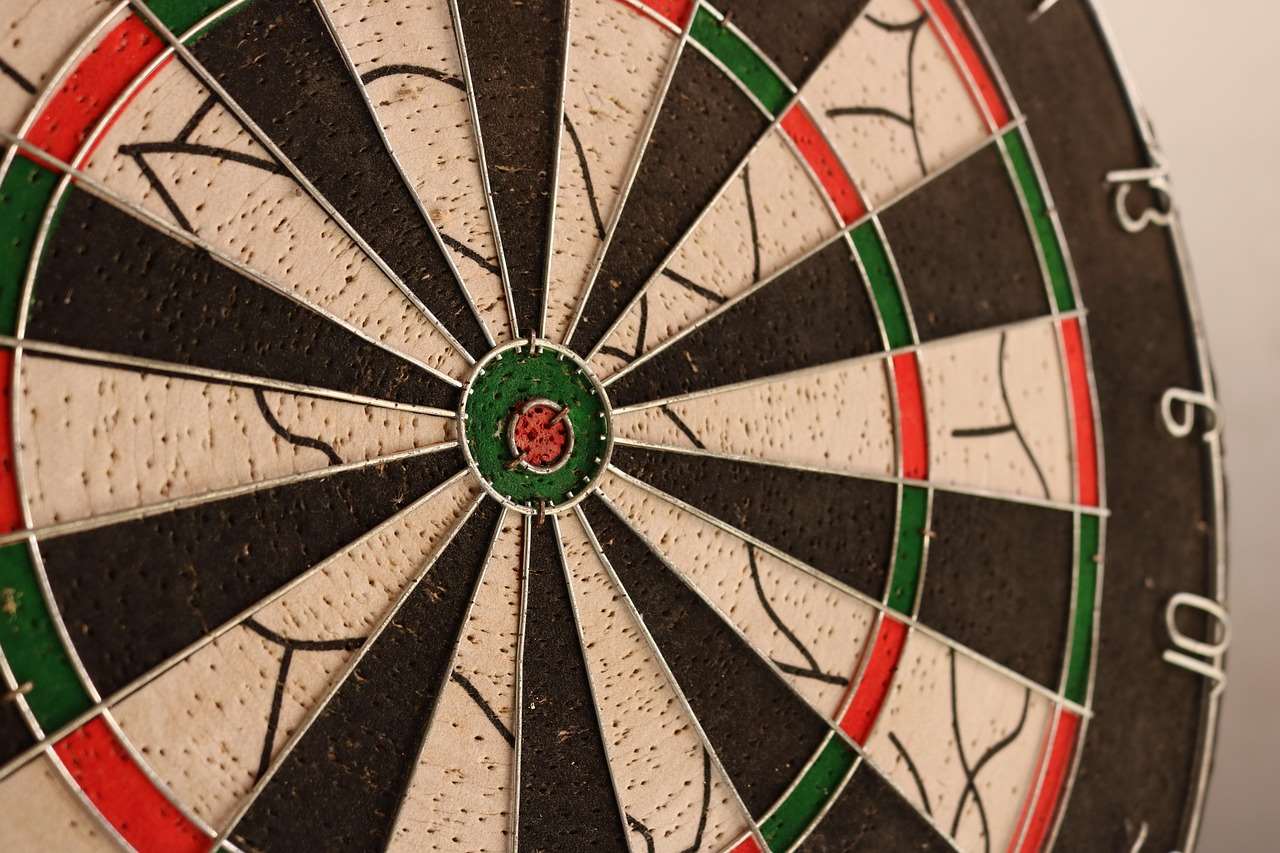
Key Differences: Steel Tip vs. Soft Tip Cricket
The primary differences between steel tip and soft tip cricket reside in the equipment, scoring, and specific rules surrounding busting or over-scoring.
- Equipment: Steel tip darts have a sharp metal point designed to stick into a sisal dartboard. Soft tip darts, anderzijds, use plastic tips that insert into holes in an electronic dartboard.
- Dartboards: Steel tip dartboards are made of tightly packed sisal fibers. Soft tip dartboards are electronic and feature small holes for the plastic tips to register scores.
- Scoring: Steel tip scoring is often manual, requiring players to keep track of scores with chalk and a scoreboard. Soft tip dartboards automatically calculate and display scores, simplifying the process.
- Busting: In some soft tip leagues, a player “busts” if they score more points than needed to win, resetting their score to what it was at the beginning of that round. This rule is less common in steel tip cricket, where players can typically avoid busting through careful calculation.
Detailed Look at Steel Tip Cricket Rules
Steel tip cricket relies on precision and strategy. Understanding the nuances of the rules is paramount for success. Verder, there are always opportunities for Adapting darts rules for beginners if you are playing socially.
The Required Numbers
As mentioned earlier, the standard game of Cricket uses the numbers 20, 19, 18, 17, 16, 15, and the bullseye. These are the only numbers that players can score on. Any hits on other numbers are ignored unless a variant rule is in effect.
Marking and Scoring
In steel tip cricket, players typically use chalk to mark their progress on a physical scoreboard. Each hit on a scoring number is marked with a slash (/) until the number is “closed” with three marks. Once a number is closed, any further hits on that number score the corresponding points until the opponent closes the same number. Scores are tallied separately for each player or team.
Winning the Game
To win, a player must:
- Close all the required numbers (20, 19, 18, 17, 16, 15, and the bullseye).
- Have a higher score than their opponent.
If a player closes all the numbers but has a lower score than their opponent, they must continue to score points until they have a higher score or their opponent closes all the numbers. If both players close all the numbers with the same score, the game is typically considered a draw, unless alternative rules have been agreed upon before the game.
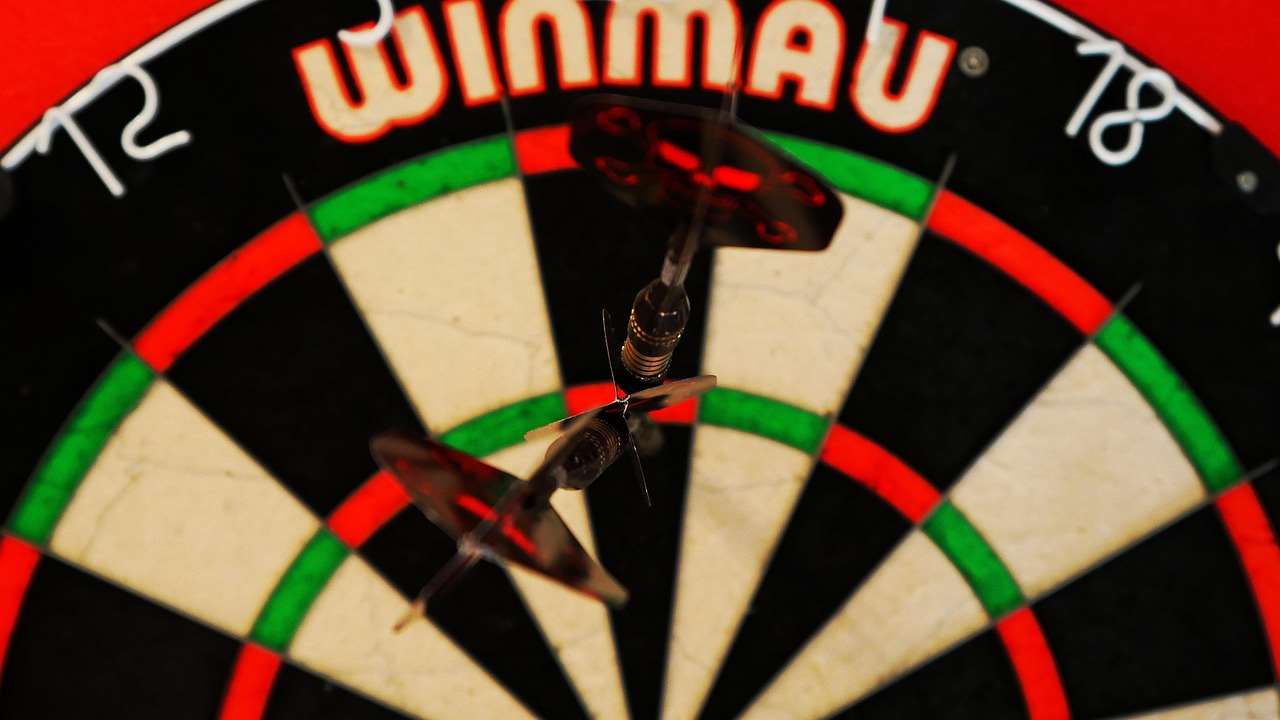
Exploring Soft Tip Cricket Rules
Soft tip cricket offers a more automated and sometimes faster-paced experience, thanks to electronic scoring and variations in the rules.
Automatic Scoring and Electronic Boards
The most noticeable difference in soft tip cricket is the use of electronic dartboards. These boards automatically detect where the darts land and calculate the scores, eliminating the need for manual scoring. This simplifies the game and reduces the potential for errors. Electronic dartboards also often include various game options and scoring settings.
The Busting Rule
One variation that is frequently seen in soft tip cricket is the “busting” rule. This rule stipulates that if a player scores more points than they need to win, their score reverts to its value at the start of that round. This adds an element of risk and requires careful calculation near the end of the game. Echter, it is not a universal rule and might be omitted depending on player preference.
Winning Strategies in Soft Tip Cricket
Winning in soft tip cricket depends on a strategic combination of closing numbers and accumulating points. Due to the busting rule (if applicable), players need to be more careful with their aim and score calculation toward the end of the game. Efficiently closing numbers early in the game can give a significant advantage. If you want to try different strategies for Fun dart game variations with modified rules it can help improve your skills.
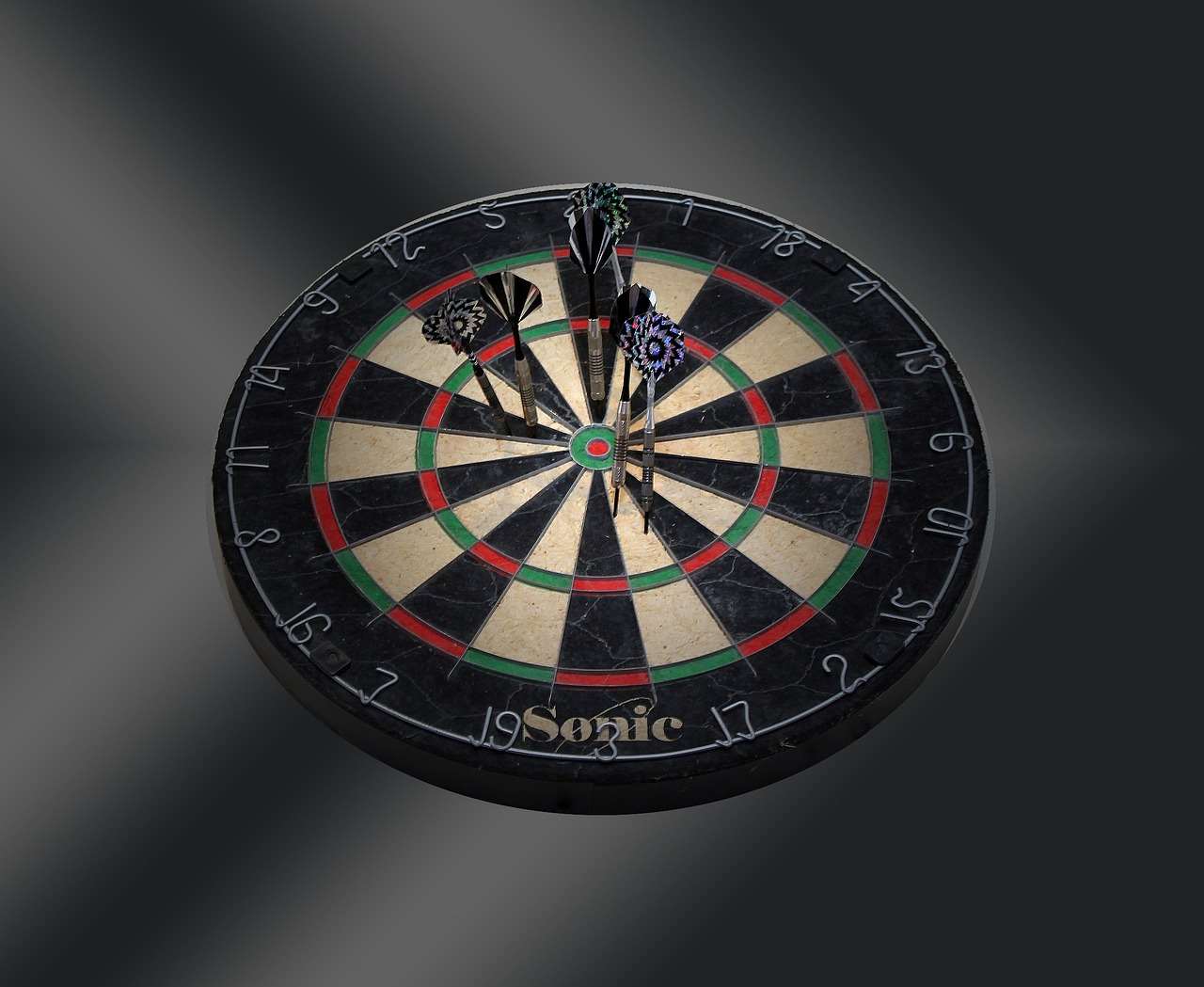
Cricket Rules Steel vs Soft Tip: Strategic Implications
The choice between steel tip and soft tip cricket extends beyond personal preference; it impacts strategic gameplay.
Steel Tip: Precision and Calculated Risk
Steel tip cricket rewards accuracy and careful planning. Players must be adept at aiming precisely and calculating their scores to maximize point accumulation while closing numbers efficiently. The absence of a busting rule allows for more aggressive scoring, but also requires a greater awareness of the opponent’s score and remaining numbers.
Soft Tip: Adaptability and Quick Thinking
Soft tip cricket often requires more adaptability due to the potential for the busting rule. Players need to be able to quickly adjust their strategy based on the game situation and the scores of their opponents. While the electronic scoring simplifies the process, the busting rule introduces a layer of complexity that demands careful calculation.
The electronic nature of soft tip darts often appeals to players who prefer immediate feedback and automated scoring, making it easier to play and track progress, particularly in casual settings.
Choosing the Right Style for You
Consider these factors when deciding between steel tip and soft tip cricket:
- Skill Level: Beginners may find soft tip easier due to the electronic scoring and generally lighter darts. More experienced players might prefer the challenge and precision of steel tip.
- Playing Environment: Soft tip is often preferred in bars and arcades, while steel tip is more common in competitive leagues and home settings.
- Persoonlijke voorkeur: Uiteindelijk, the best style is the one you enjoy the most. Experiment with both to see which suits your style and preferences.
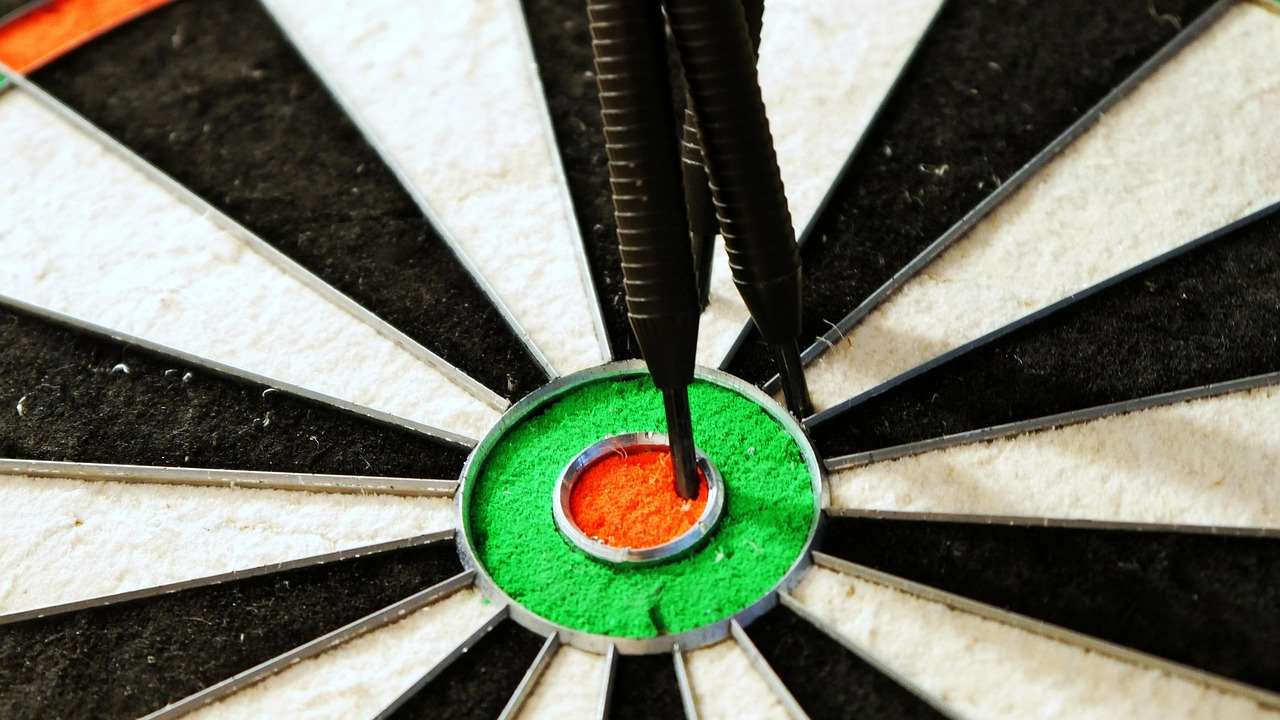
Andere overwegingen: Handicap Rules and Fair Play
Regardless of whether you choose steel tip or soft tip cricket, maintaining fairness and sporting conduct is essential. Sometimes, How to make darts fairer with handicap rules is needed to balance a game.
Handicapsystemen
To level the playing field between players of different skill levels, handicap systems are often employed. These systems can involve adjusting the starting scores or assigning point advantages to weaker players. The specific handicap rules can vary depending on the league or the preferences of the players. When playing with friends or family, you can think about Modifying rules for mixed-level dart players so everyone can compete fairly. Handicap systems can be especially useful in mixed-level games of **cricket rules steel vs soft tip**.
Ensuring Fair Play
Fair play is paramount in any dart game. This includes respecting your opponents, adhering to the rules, and avoiding any form of cheating or unsportsmanlike conduct. In steel tip cricket, this might involve accurately marking scores and ensuring that all darts are thrown from the correct distance. In soft tip cricket, it means respecting the electronic board and avoiding any attempts to manipulate the scoring system.
Etiquette and Sportsmanship
Good sportsmanship contributes to a more enjoyable experience for everyone. This includes congratulating your opponent on good throws, avoiding excessive celebration, and accepting both wins and losses with grace. Remember that the goal is to have fun and enjoy the game, regardless of the outcome. It’s equally important to apply Basic Darts Fundamentals for Beginners in order to be respectful and professional as an opponent.
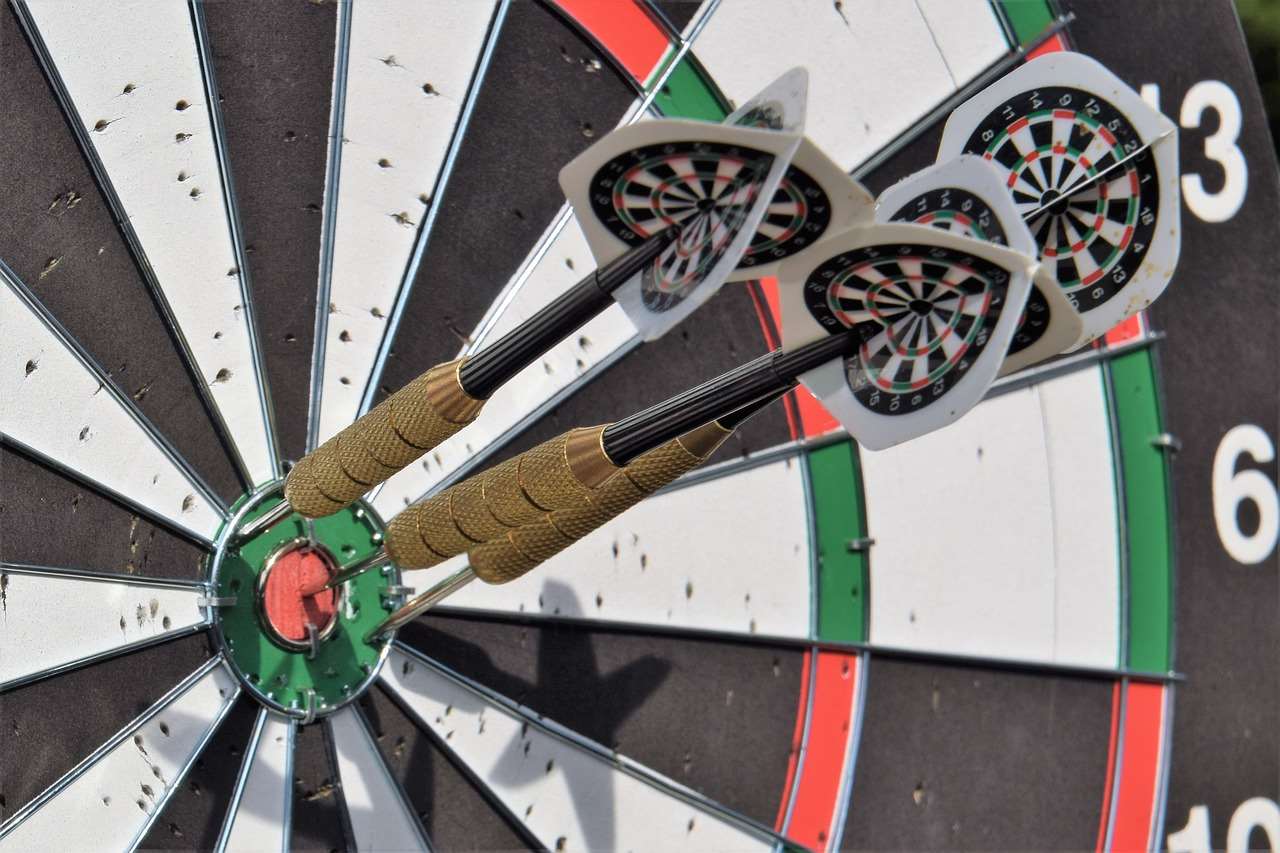
Conclusie
Whether you choose to play **cricket rules steel vs soft tip**, understanding the rules, scoring, and strategic nuances is key to enjoying and excelling at the game. While steel tip emphasizes precision and manual scoring, soft tip provides automated scoring and often incorporates unique rules like “busting.” Both styles offer exciting gameplay and opportunities for skill development. Experiment with both, consider your preferences, En nog belangrijker:, enjoy the game. Dus, pick up your darts and start practicing – your next winning game awaits! Consider joining a local darts league or organizing a friendly competition with friends to put your newfound knowledge into action.
Hoi, Ik ben Dieter, En ik heb Dartcounter gemaakt (Dartcounterapp.com). Mijn motivatie was geen darts -expert - helemaal tegenovergestelde! Toen ik voor het eerst begon te spelen, Ik hield van het spel, maar vond het moeilijk en afleidend om nauwkeurige scores te houden en statistieken te volgen.
Ik dacht dat ik niet de enige kon zijn die hiermee worstelde. Dus, Ik besloot om een oplossing te bouwen: een eenvoudig te gebruiken applicatie die iedereen, Ongeacht hun ervaringsniveau, zou kunnen gebruiken om moeiteloos te scoren.
Mijn doel voor Dartcounter was eenvoudig: Laat de app de nummers afhandelen - het scoren, de gemiddelden, de statistieken, Zelfs checkout suggesties - zodat spelers puur kunnen richten op hun worp en genieten van het spel. Het begon als een manier om het probleem van mijn eigen beginners op te lossen, En ik ben heel blij dat het is uitgegroeid tot een nuttig hulpmiddel voor de bredere darts -community.